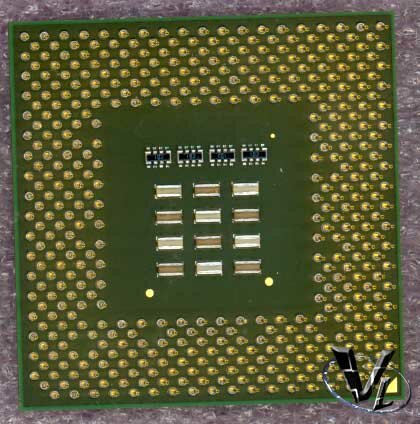|
A Closer Look

As you may have guessed, AMD is still using the controversial performance rating. The CPU is marketed as 2000+, but it actually runs at 1.67GHz. To clear up any confusion, the 2000+ rating is against AMD's own processors, more specifically, the Thunderbird. There are no consumer Thunderbirds running this fast, but AMD has done a lot of internal testing, and drew up a list of their own specifications. Therefore, should a 2000MHz Thunderbird exist (they stopped at 1400MHz), the XP 1.67GHz would be the equivalent. You'll see a lot of reporters stating that this speed is in comparison to an Intel Pentium 4, but this is not true.
All the information is available on , and if you want to learn more about it, their on procedures and results are explained.

Like their previous Palominos, the XP 2000+ is a Socket-A only solution. They'll fit into any Socket-A motherboard, but compatibility is another issue. Any modern DDR based motherboard should support the newest Palominos. A simple BIOS upgrade is all that's needed, but be sure to check the manufacturer website first. If you're hoping for a 0.13m fabrication process, don't hold your breath, as that is reserved for the Thoroughbreds. The XP 2000+ uses the older 0.18 process.
All Palominos employ the Organic Pin Grid Array manufacturing process. Unlike Thunderbirds, which were made of ceramic, the OPGA will allow for cheaper production costs, and by not being as electrically restrictive, this allows for further scalability than the ceramic based Thunderbirds. The core is still as fragile as ever though, so take care in installing your heatsink.
 |
The XP 2000+ we received had its trace bridges cut. The L1 bridges is what controls the multiplier, and to unlock it, you'll need to connect the bridges. With the Palominos, this will require filling in the "pits", and using conductive matrial to connect the bridges.
The XP requires 1.75v still, but doesn't consume as much of it as the Thunderbird. However, running at 1.67GHz, it's going to get really hot. Despite having an internal thermal diode, most motherboards currently do not make use of it.
|
Previous Page - Introduction
Next Page - Overclocking and Testing
|


